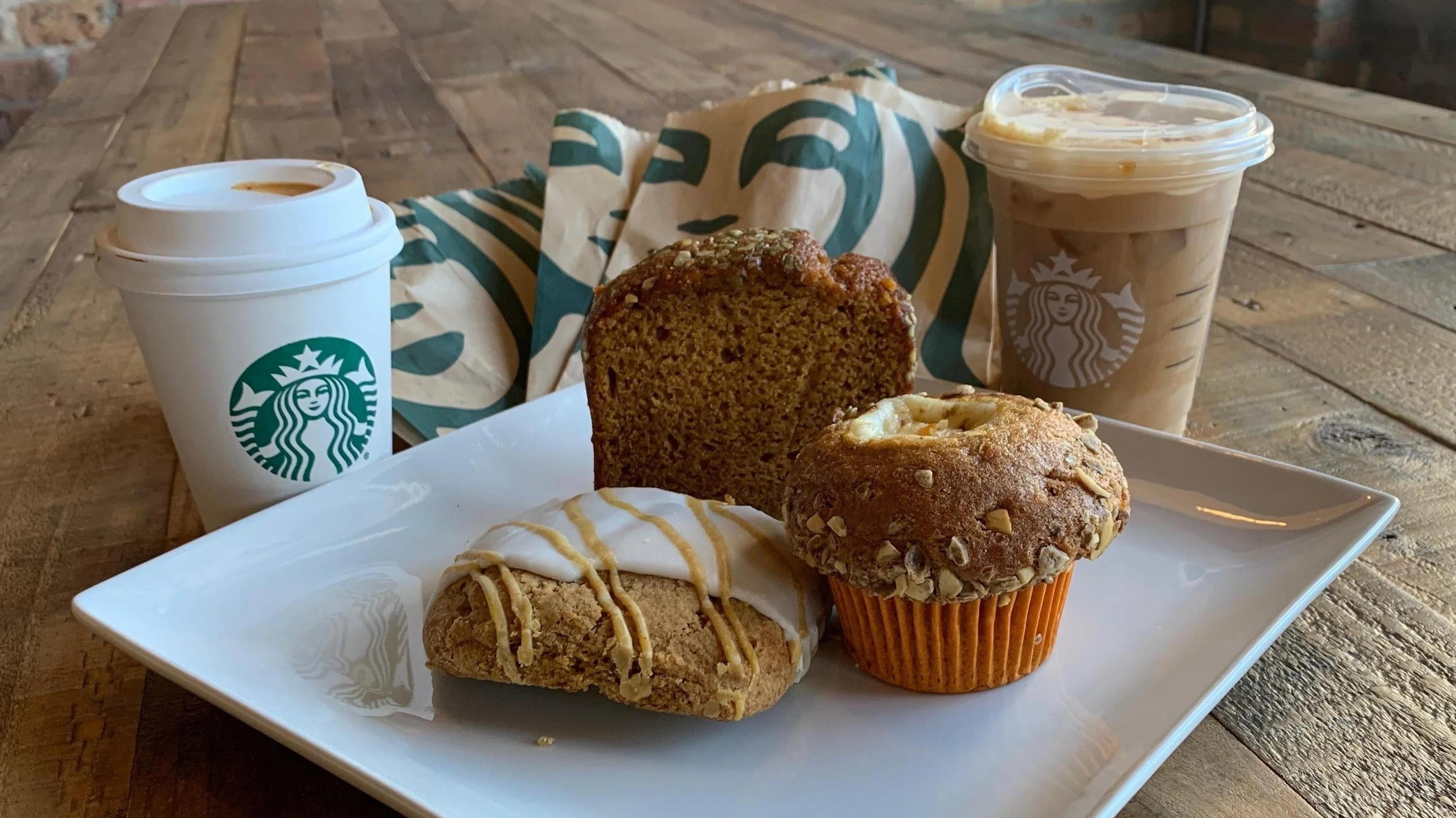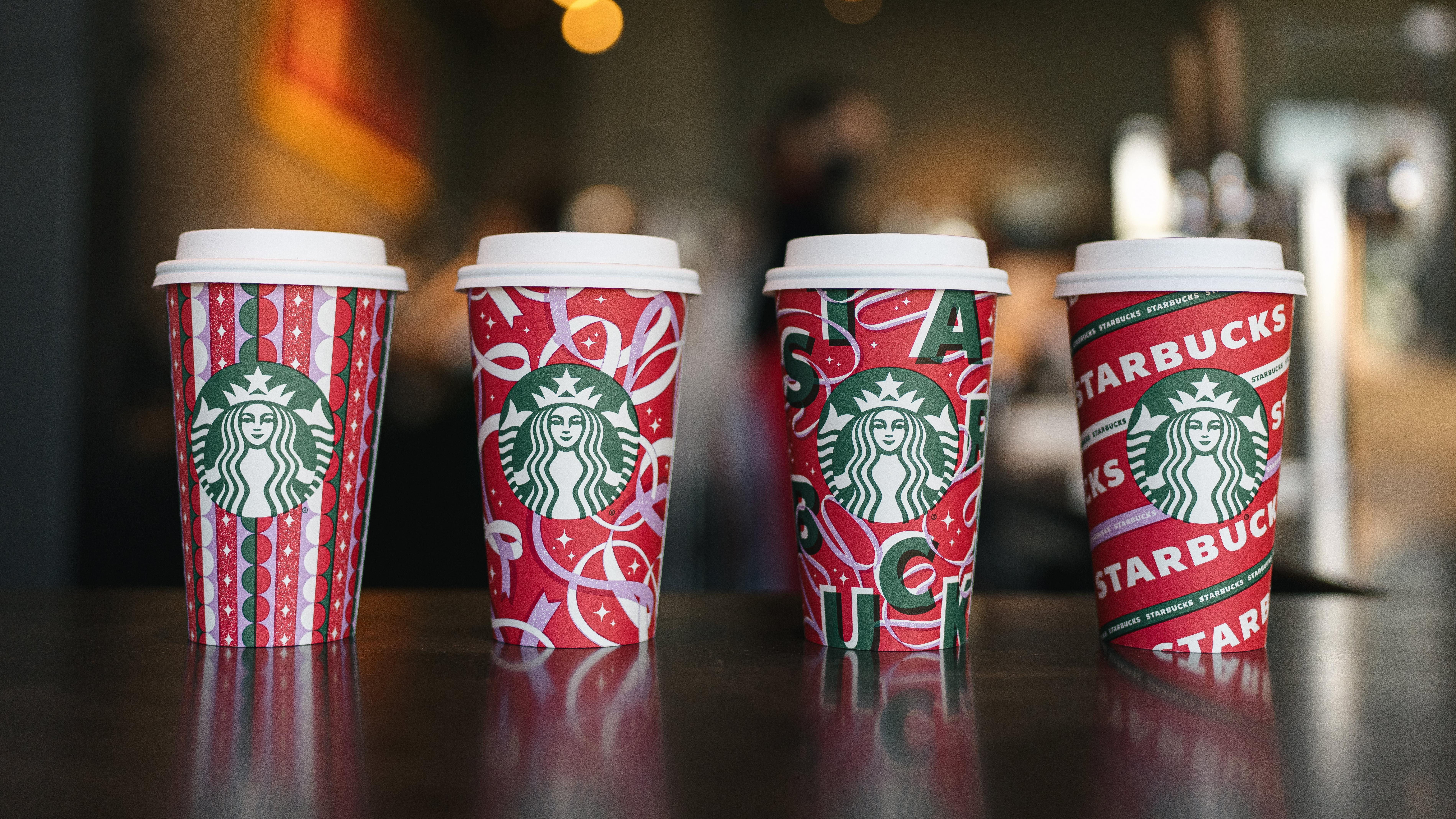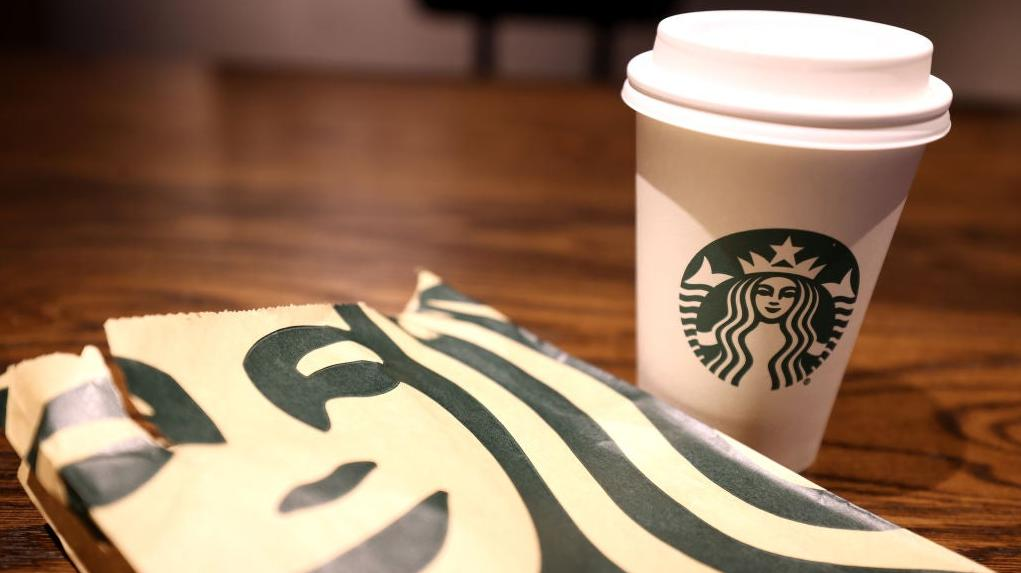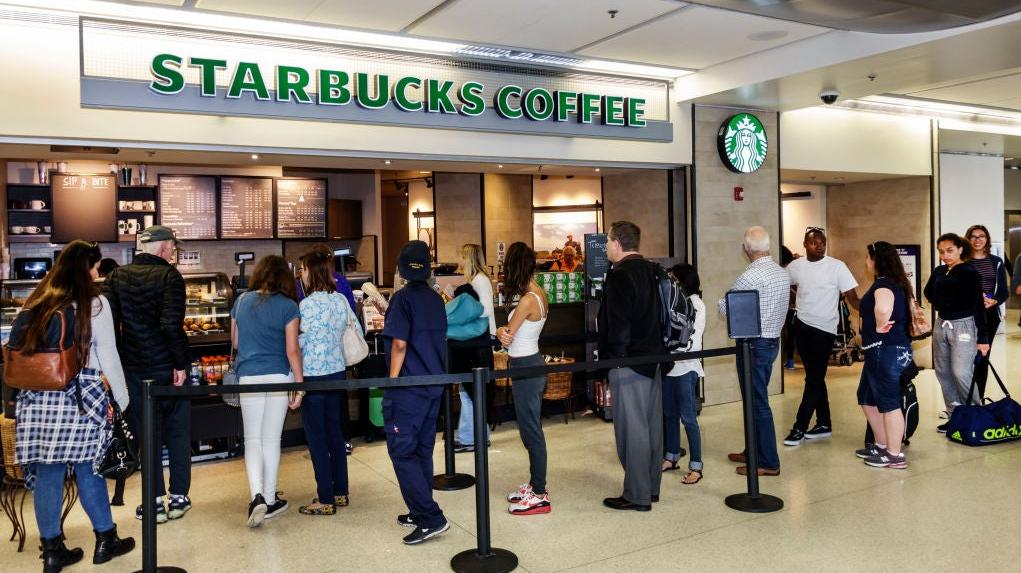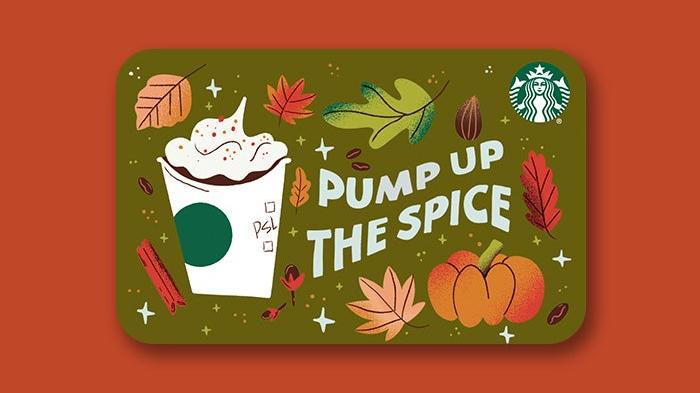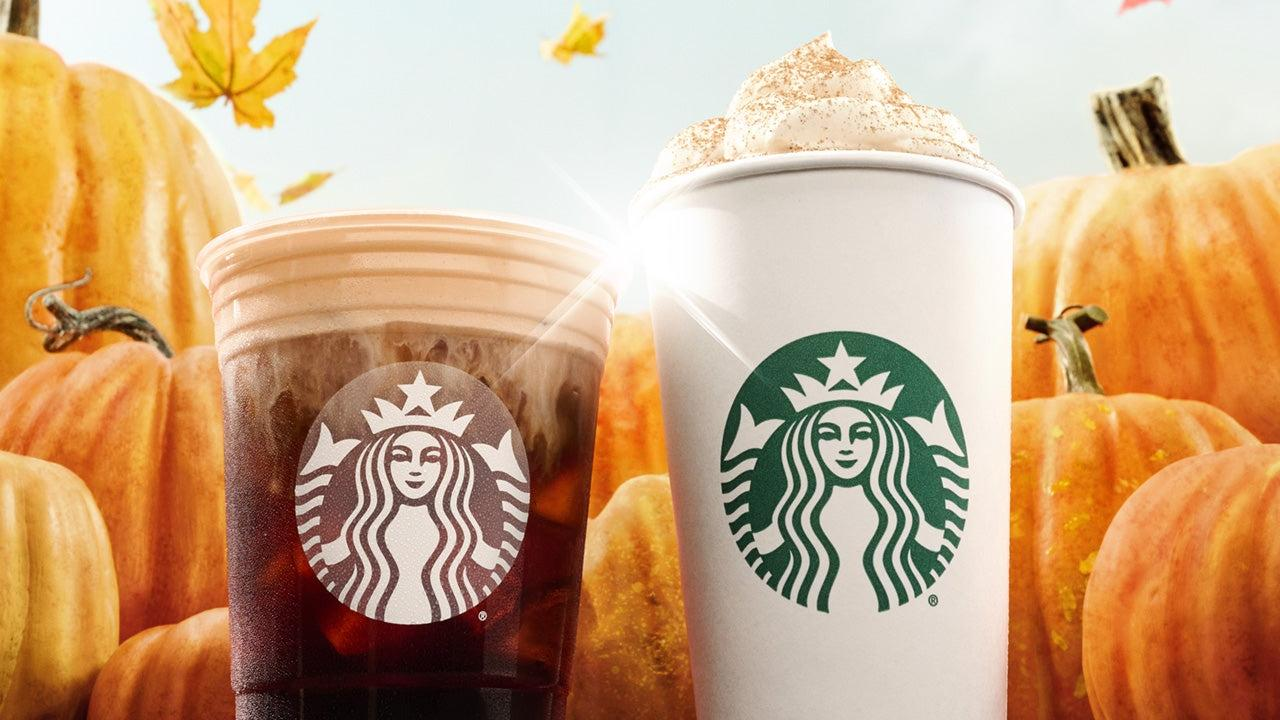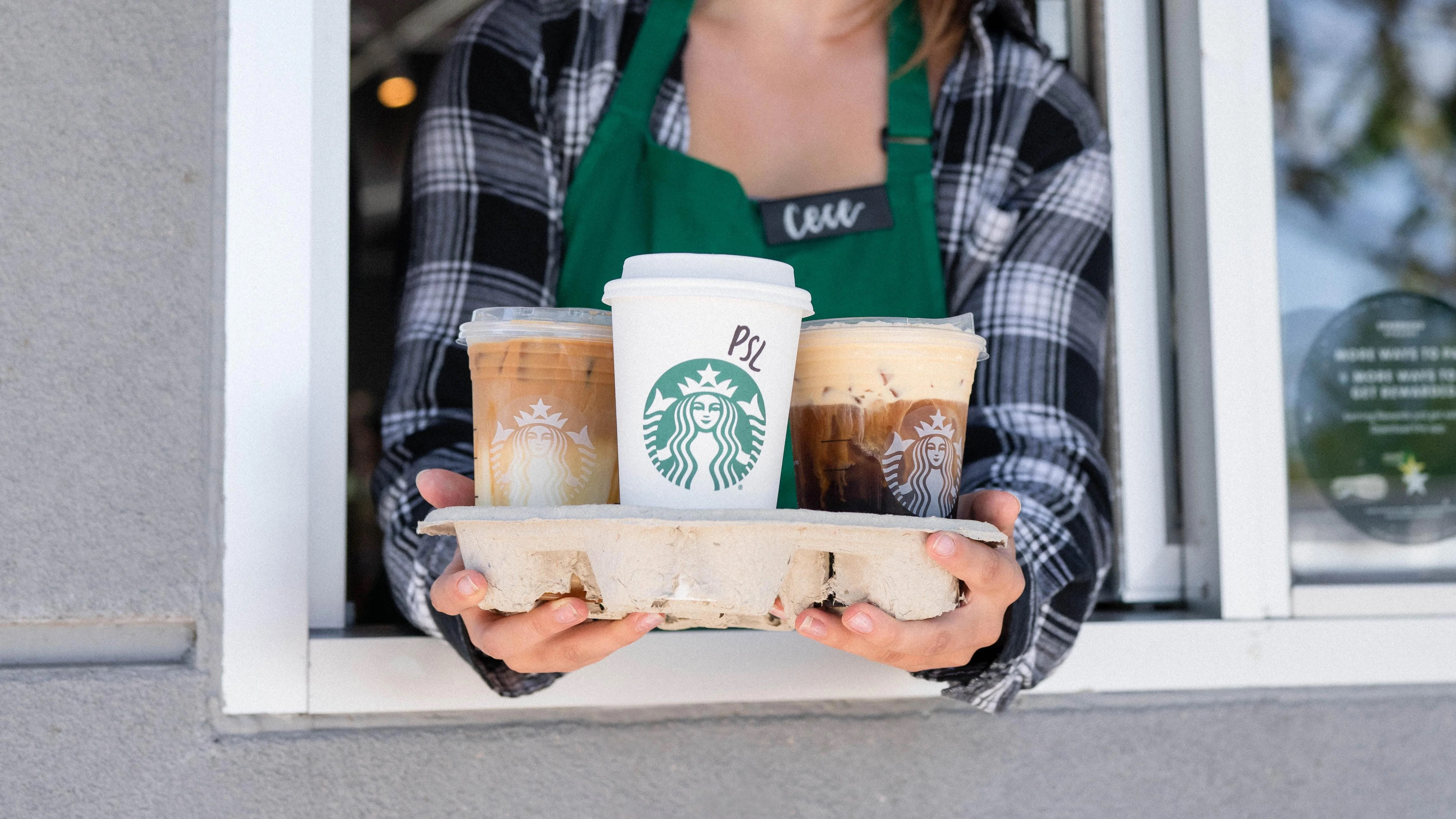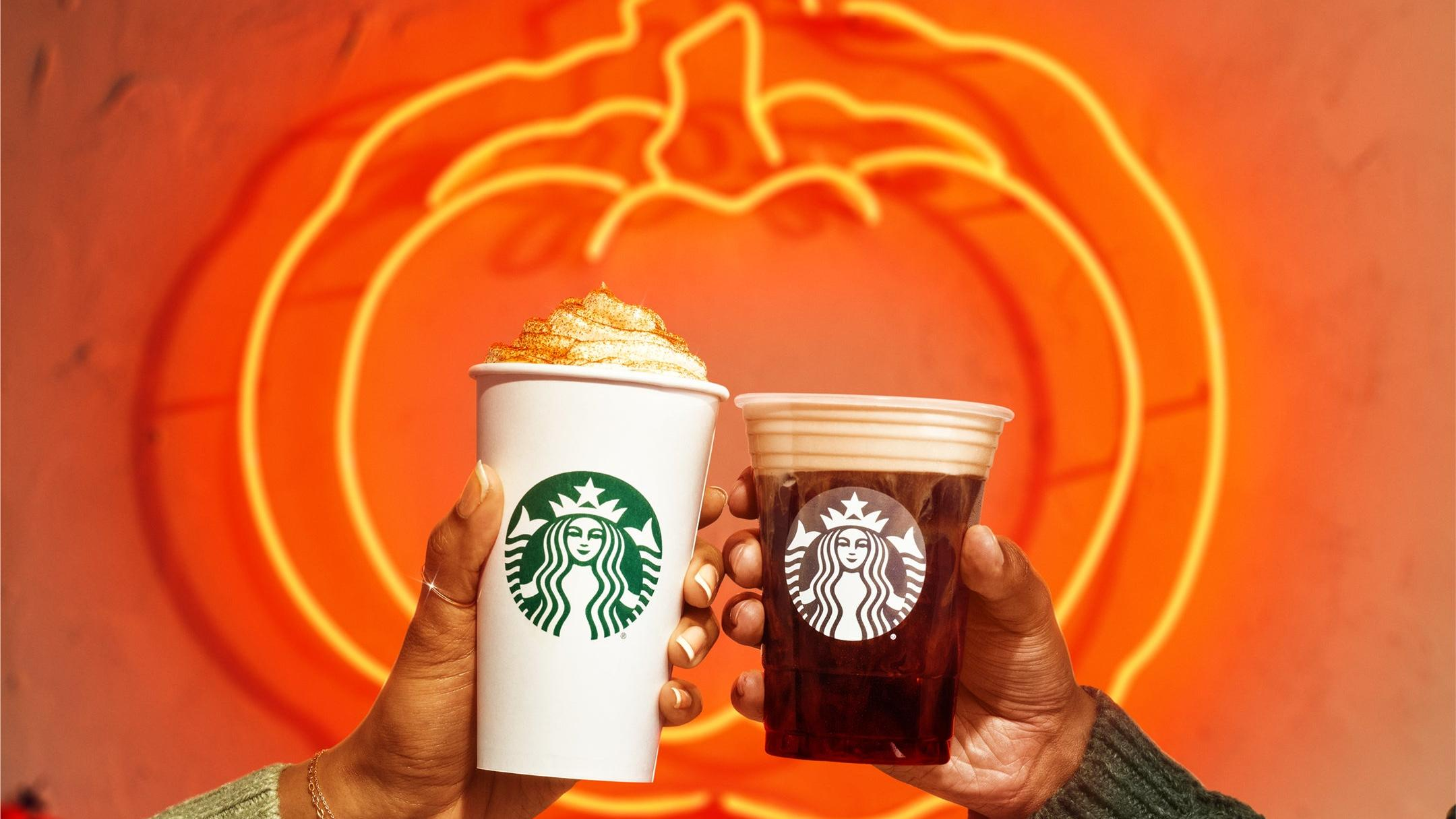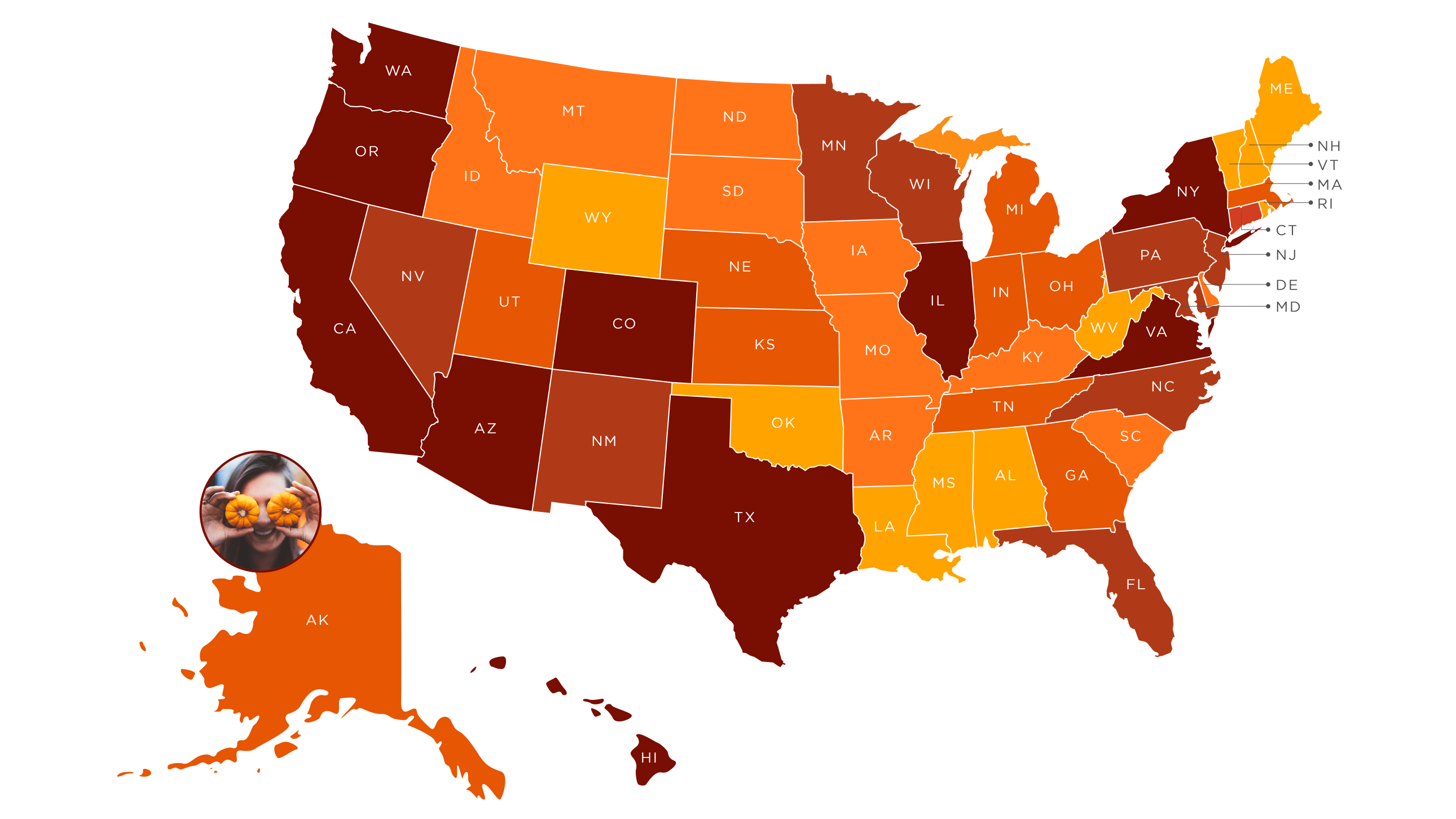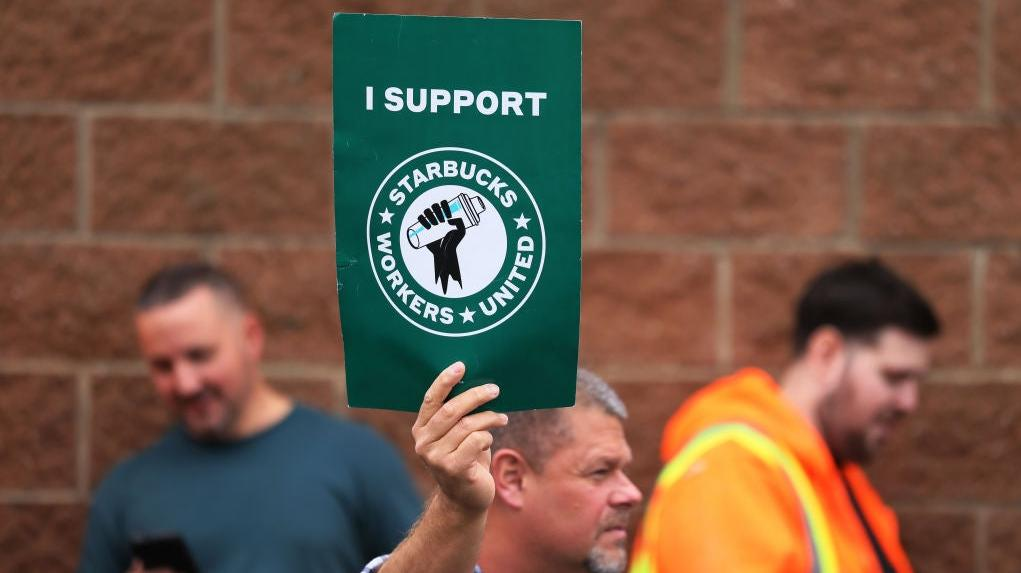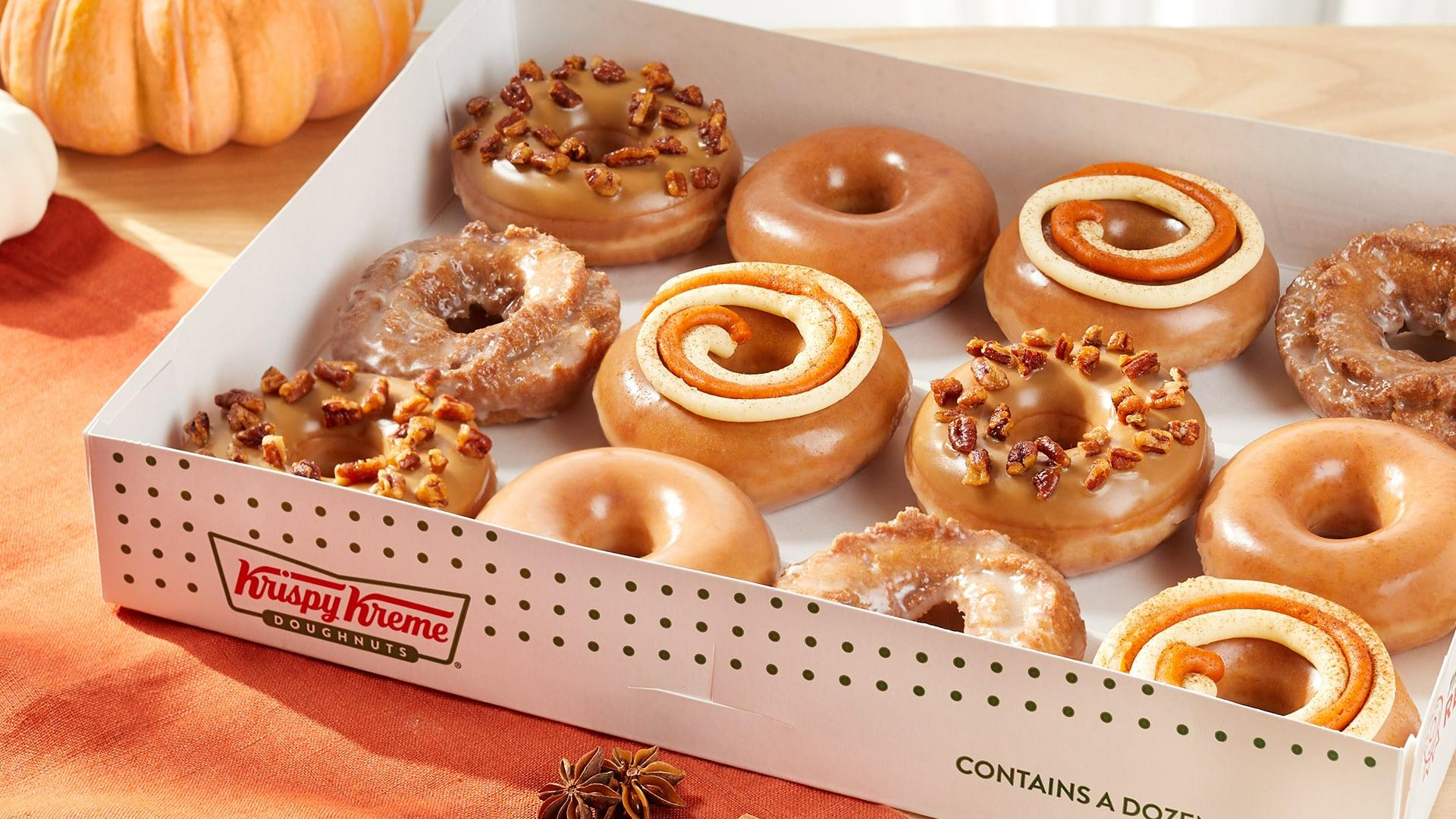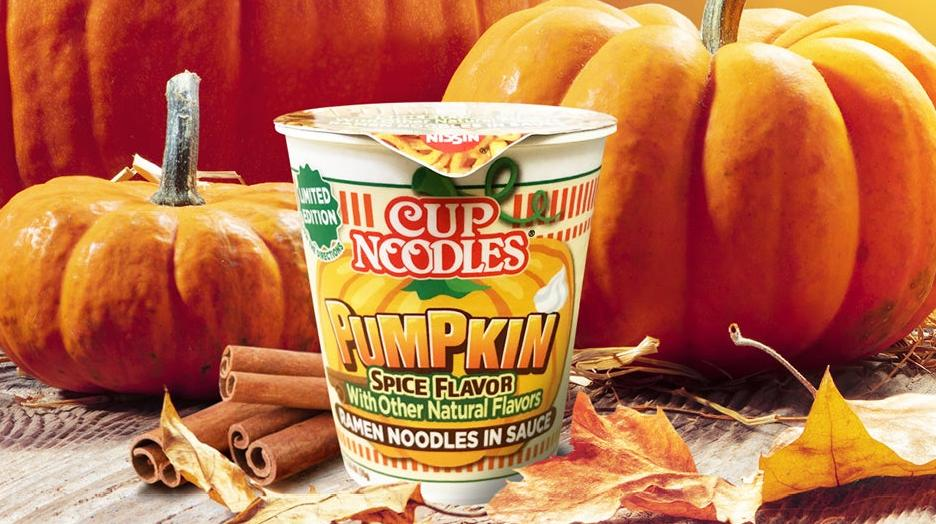11 Facts You Never Knew About Starbucks' Pumpkin Spice Latte
The Starbucks #PSL is the drink that launched 1,000 imitators and made us seasonal obsessives.
This year marks the 20th anniversary of Starbucks' monumental decision to add cinnamon, nutmeg and clove flavors to its hot beverage lineup. The so-called Pumpkin Spice Latte, born in 2003, was a seismic event in the brand's history, one that has helped solidify Starbucks as the nation's second-largest fast food chain (yes, it counts as a fast food chain) and establish it as a tastemaker in the American dining landscape.
Whether you love or hate the #PSL, the drink has had a storied history in the two decades since its release. Here are a few facts you might not have known about the iconic beverage, which for better or for worse has become an undeniable harbinger of fall.
We have other seasonal lattes to thank for the #PSL
Though we might not know him by name, Peter Dukes is largely responsible for our collective pumpkin spice obsession. As the director of espresso at Starbucks in 2003, Dukes and his team led the initial development of the Pumpkin Spice Latte—and the success of seasonal flavors like the Eggnog Latte, as well as 2002's debut of the popular Peppermint Mocha, were taken as inspiration. The team took its cues from the high demand for seasonal flavors, and soon after the Peppermint Mocha's release, they began work on a flavor to debut in fall 2003.
"Nobody knew back then what it would grow to be," Dukes said in a Starbucks Stories article in 2014. "It's taken on a life of its own."
The latte saw a very limited initial release
Though the drink has become impossible to escape each fall season, Pumpkin Spice Lattes were not seen as a slam dunk when they first debuted—the market had to be tested. As such, the first year they became available, they only appeared in two cities: Vancouver and Washington, DC. The drink showed up in 100 stores across those test areas, and strong sales quickly revealed consumers' ravenous appetite for baking spices.
The Pumpkin Spice Latte was an immediate hit
To say the PSL fared well in its initial test markets of Vancouver and Washington, DC would be an understatement.
"Within the first week of the market test, we knew we had a winner," Peter Dukes recalled back in 2014. "Back then, we would call store managers on the phone to see how a new beverage was doing, and you could hear the excitement in their voices."
Inventory had to be expedited to the stores so that demand could be met. These days, Starbucks is more than prepared for the PSL-induced waves of foot traffic each year.
It took a few years for the latte to become legend
The latte rolled out to all Starbucks locations nationwide starting in fall 2004, and it was an undeniable hit. However, it took a few years to evolve from merely a popular beverage to an all-out cultural phenomenon. CNBC notes that from 2008-2012, the annual influx of "pumpkin spice" limited-time product releases industry-wide (snacks, drinks, booze, etc.) rose 143%, and pumpkin-inspired restaurant offerings rose 234%.
Indeed, in fall 2012, demand for the Pumpkin Spice Latte reached such a fever pitch that the Wall Street Journal reported on temporary shortages of the pumpkin syrup required to make the drink, with Starbucks employees in New York City having to turn away hopeful customers and ask neighboring locations for any extra syrup they had on hand.
For most of its existence, Starbucks’ PSL contained no pumpkin
The Pumpkin Spice Latte's ingredients label for its Pumpkin Spice Sauce currently lists the following: sugar, condensed skim milk, pumpkin puree, 2% or less of fruit and vegetable juice for color, natural flavors, annatto, salt, and potassium sorbate. Meanwhile, its Pumpkin Spice Topping, shaken over the whipped cream on the latte, contains cinnamon, ginger, nutmeg, and clove. But for 12 years, the recipe for the Pumpkin Spice Latte contained no pumpkin at all.
That's because, really, it doesn't need any. According to professional flavorist Marie Wright, "Pumpkin doesn't really taste like much. But pumpkin spice is a comfort flavor... cinnamon, ginger, nutmeg, cloves, and good pumpkin spice has allspice as well. It's very fragrant."
Peter Dukes told The Atlantic in 2013 that the recipe would never contain pumpkin—"If we changed the recipe now, we'd have a revolt," he said. Yet in 2015, the company changed its tune, announcing that the drink would contain actual pumpkin going forward. The official Starbucks announcement didn't provide explicit reasoning for the change at the time, but it alludes to customer demand for the switch.
Pumpkin Spice Lattes generate serious money for Starbucks
Of course we all know that the PSL generates a ton of money for Starbucks, but it's also a cornerstone of its entire annual marketing strategy. By one Forbes estimate in 2019, Starbucks sees roughly $100 million in Pumpkin Spice Latte sales each fall, and data analytics firm Placer.ai noted last year that the chain's foot traffic rose by more than 25% in the week after the launch of the Pumpkin Spice latte and other fall menu items. The sales numbers are likely to rise as Starbucks finds other entry points for its pumpkin syrup each year, including drinks like the Pumpkin Cream Cold Brew and the Pumpkin Spice Frappuccino.
It’s never too early to roll out the Pumpkin Spice Latte
Some of us might adhere to a strict personal standard of only sipping on Pumpkin Spice Lattes during meteorological fall (that is, no sooner than September), but it's clear that not everyone feels that way. Data from analytics firm Placer.ai has shown that even as Starbucks has nudged up the release date of the PSL each year, sales improve no matter when it shows up on the menu. There's even a term for this phenomenon, pumpkin creep, and it's come for our pumpkin beer, too.
The #PSL is not equally popular nationwide
It would make sense if the cozy fall flavors of the Pumpkin Spice Latte were prized most by places in the country that actually experience a chill in the air come September. But if Google Trends search data is any indication, there doesn't seem to be any rhyme or reason to which states are clamoring for the beverage and which ones seemingly couldn't care less about it. The top five states full of PSL obsessives are Washington, California, Colorado, Oregon, and Illinois, whereas the least PSL-obsessed states are Mississippi, Maine, Louisiana, Vermont, and Alabama. Given that Vermont is the most autumn state to ever autumn, it would appear that our devotion to this beverage is nebulous at best.
#PSL has become a powerful rallying point for Starbucks Unions
Something that should never be drowned out in any conversation about Starbucks is the sheer number of hardworking baristas it takes to make the chain run so seamlessly for customers. And to those baristas, #PSL stands for #PumpkinSpiceLabor.
The day that Starbucks rolled out its Pumpkin Spice Latte in 2022, labor activists in support of Starbucks Workers United asked customers to stand in solidarity with Starbucks baristas on strike at various locations—not necessarily boycotting the brand, but building awareness of the issues faced by workers by joining social media movements and participating in "sip-in" demonstrations, etc. Starbucks Workers United aims to "turn Starbucks into a place where workers can have sustainable careers and be rewarded for their years of hard work."
With hundreds of Starbucks stores now unionized around the country, the grassroots campaign led by labor activists has grown into a national movement. You can keep up with the achievements of Starbucks Workers United via their official Twitter and Instagram accounts.
You’re never getting the best value from pumpkin spice
Not to end on the bad news, but if you're a pumpkin spice devotee, you're almost certainly spending more money than your fall-flavor-hating counterparts. Because it's such a powerful marketing term, "pumpkin spice" commands a bigger price tag on virtually any product that uses it, from pancake mix to hummus. Financial services website Magnify Money estimates the average "pumpkin spice tax" on food and beverages sits somewhere around 14.1%. But since nothing else ushers in the autumnal vibes quite like it, many of us are fine forking over the extra cash. These treats come but once a year, after all.
The Pumpkin Spice Latte spawned 1,000 imitators
Being inundated with pumpkin spice products every autumn now feels commonplace, but the flavor's ubiquity really is largely a product of Starbucks' 2003 debut. And it's not just that other coffee chains, from 7-Eleven to Dunkin' to Caribou, all release their own pumpkin-flavored fall beverages each year—products as wide-ranging as samosas, instant noodles, dog beer, and garbage bags all carry the flavors and aromas of the season. Why? Because, as mentioned, pumpkin spice commands a nice price.
